In this collection, I share some behavioral science insights that will help boost your conversions and improve UX. In this post: social proof.
Discover the first chapter about Scarcity.
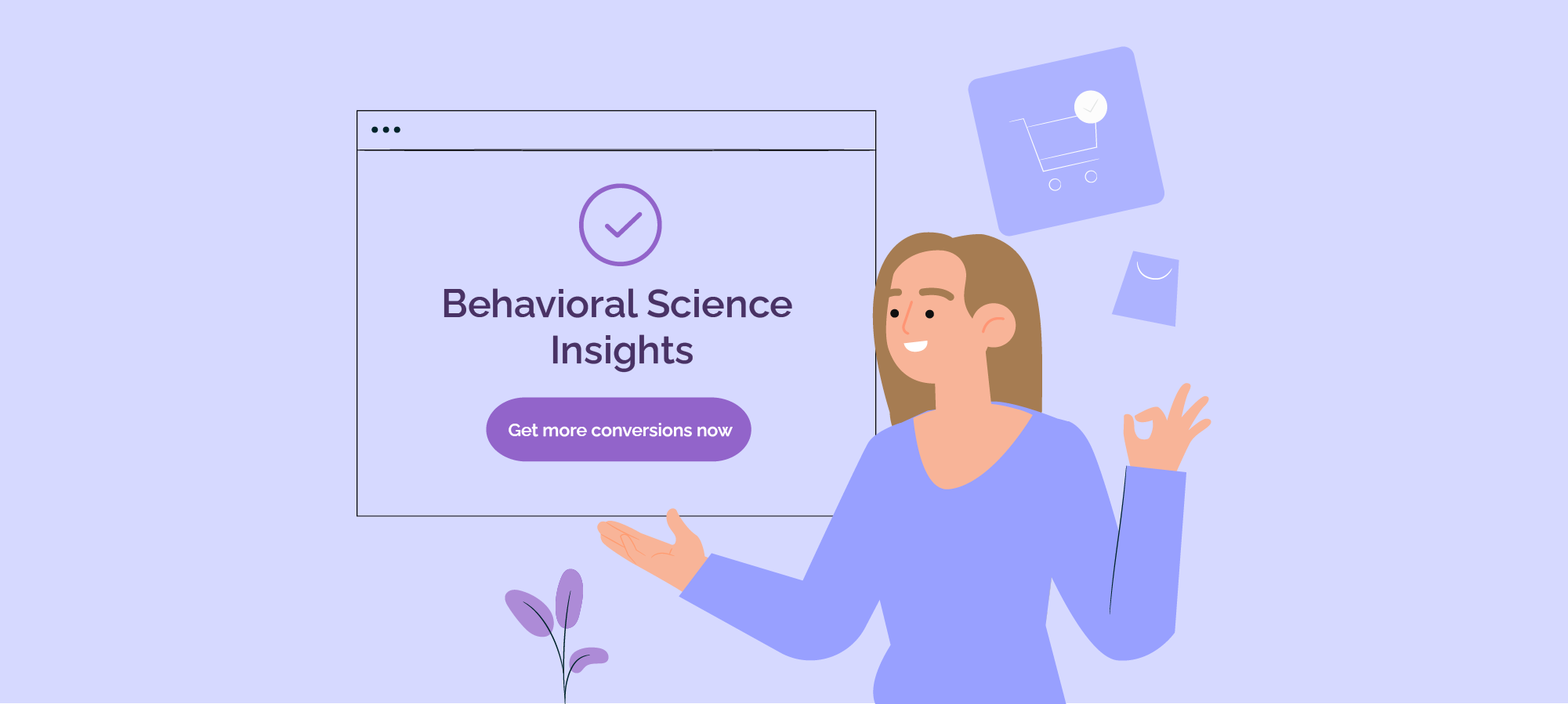
Social Norms
It's a fact; it is impossible not to be influenced, influenced by the people who surround you. Everyone makes decisions and behaves moved not only by what they genuinely and personally think but also by what other people think and do. We're all biased by "if everyone does it, I should do it," especially when people who do it are people "similar to me" or referents on that specific field. Anyway... How can we make the most of this norm to boost conversions?
Social Proof
Cialdini defined social proof as "people doing what they observe other people doing." You probably know the elevator experiment... but a classic one is this 1960s
This principle happens in all spheres of life, and it's stronger when:
- We're doubtful of ourselves: When we don't trust ourselves and don't know how to act, we esteem that what others are doing is the right thing to do. Let's think about our first day at a new job. If everyone has lunch at their desk, you'll probably have lunch at your desk; if everyone goes to the restaurant, you'll probably go to the restaurant. First days are a great example; when we enter a new social group, we're always attentive to understand social norms: how people dress, talk, perceptions, etc. Our objective is understanding how to fit in and how people expect you to be.
- The people we observe look like us: we trust those that look similar to us. If Jane Doe, who is my age, belongs to the same socio-economical group as me, lives nearby, has a similar family, etc. uses and loves this product, then I'll probably like it too.
How to Use Social Proof
Given everything mentioned before, it's evident that social proof is a powerful marketing tactic. This strategy eases the minds of worried customers and helps them make a confident decision.
Types of Social Proof
Testimonials
These are happy clients telling their success stories and recommending your product. As mentioned before, you want to display someone relevant to your target, whether because it's similar to him or because he is a referent in that area.
This tactic can be used for any product or service you offer. Remember it needs to be trustable, including names, photos, company, position, etc. increases effectiveness.
Let's see an example. In this case, MailChimp offers a testimonial from Nick Sapia, chief digital officer of Alps & Meters. Why do they choose him? He's not someone famous, clients won't recognize him, and most people won't even know the brand. However, he's related to most of MailChimp's clients: he's on a small-medium company's growth team, which will make any other small-medium company agent (MailChimp's target) think Nick probably has the same needs as himself.
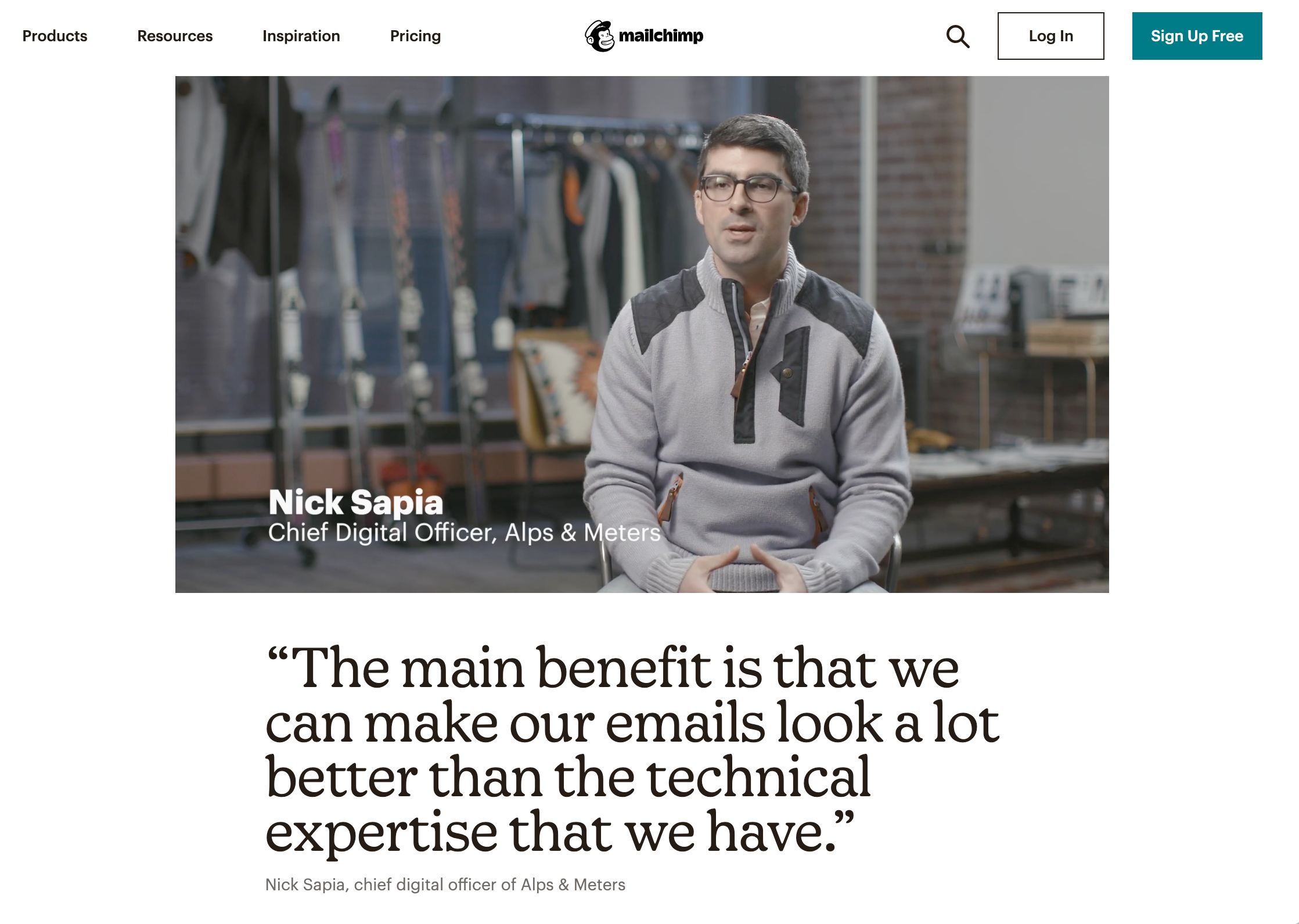
Review
We've all looked up reviews before buying a product we aren't sure about. Amazon, Yelp, Trip Advisor, Youtube, and Google are some of the most common sites where people search for reviews. They are particularly relevant in highly competitive products. The most important thing is to monitor what's happening on these sites regarding your product and make your attempts to obtain good reviews. TIP: You can take reviews, from here and post them on your landing page too. You can also ask for reviews and offer an incentive in return.
Last but not least, don't fake it. People will notice it and it will create the opposite effect. It's probably even more effective to include reviews that aren't 100% positive, but still generally positive. For example: "I loved the quality of the product and it's very useful, the color isn't exactly as the one displayed but it still looks good."
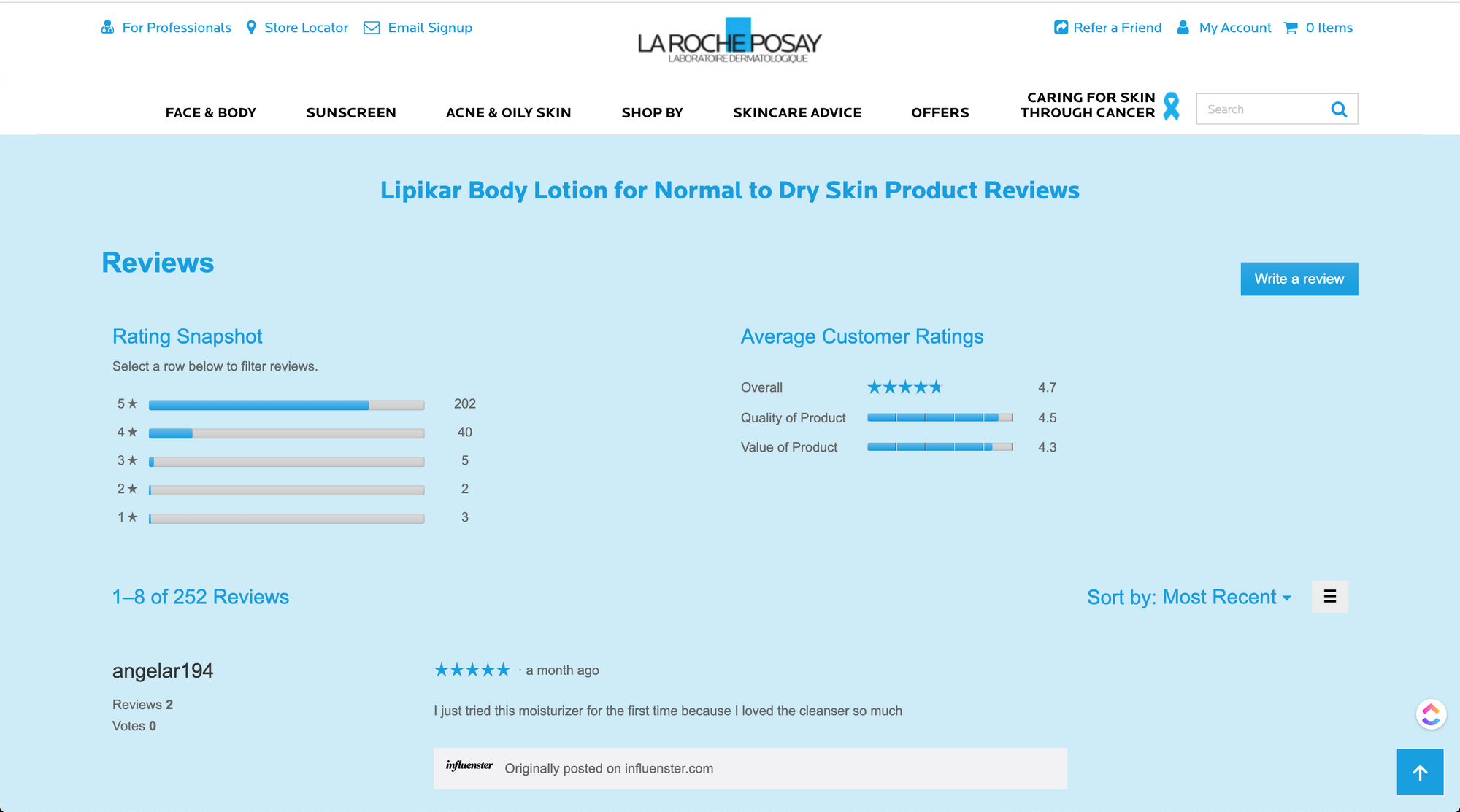
Relevant Data
Numbers can talk too! Display the figures that benefit you the most: the number of customers attended, satisfied consumers, countries where you operate, products sold, followers on social media, revenue, reviews, etc. TIP: don't showcase numbers that aren't significant. If you have 300 followers on Instagram, better keep it to yourself; there's nothing to show off.
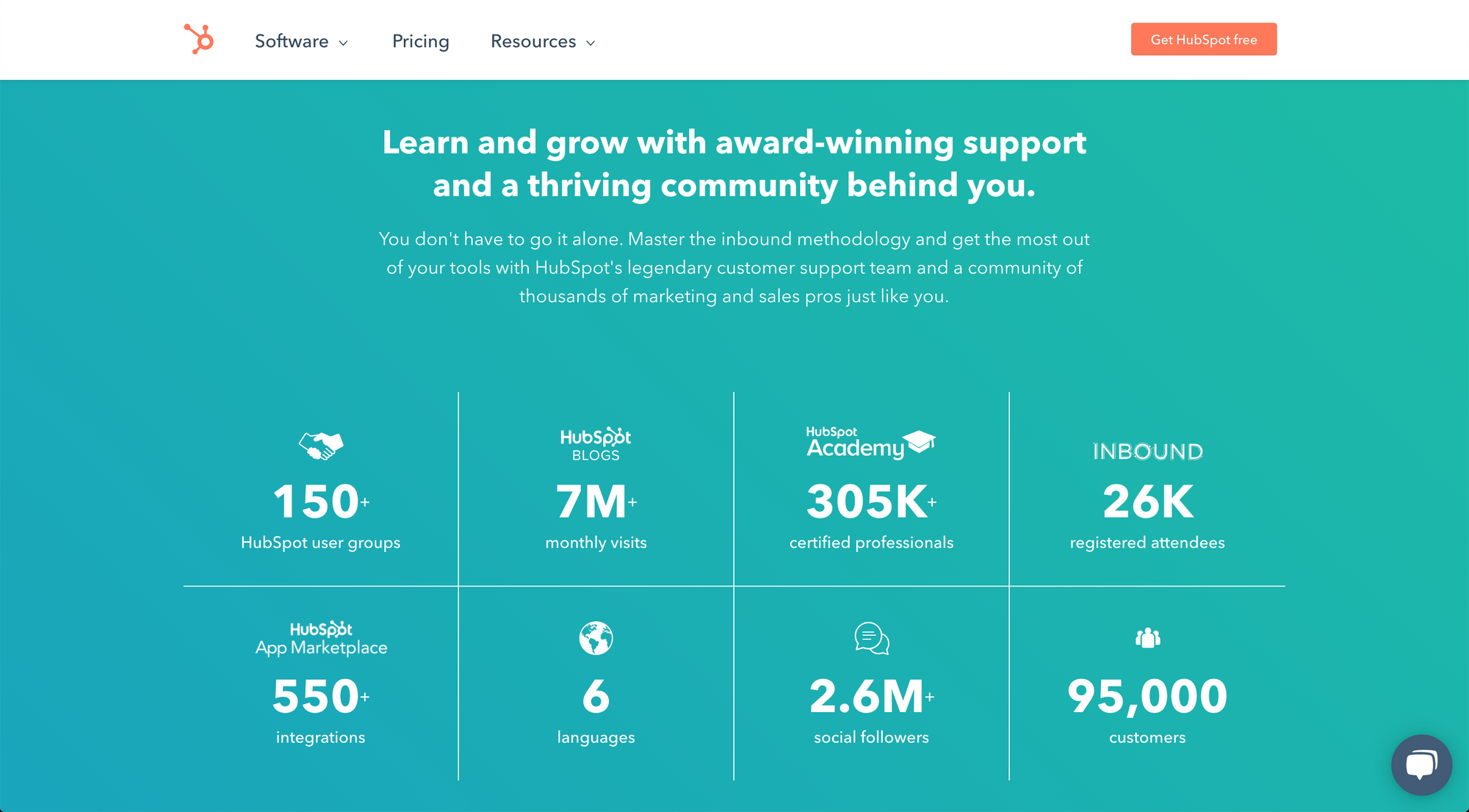
Case Studies
Case studies are one of the most significant social proof tactics. Why? You're not only talking about the product/service itself; you're explaining in detail how one of your customers implemented it successfully and what impact it had on their life/business. This strategy is specifically useful for B2B companies.
It's convenient to include a precise analysis of the results that can give potential customers an unbiased perspective of the outcome. Include specifications, methodologies, metrics, and communicate the impact it created for the customer.
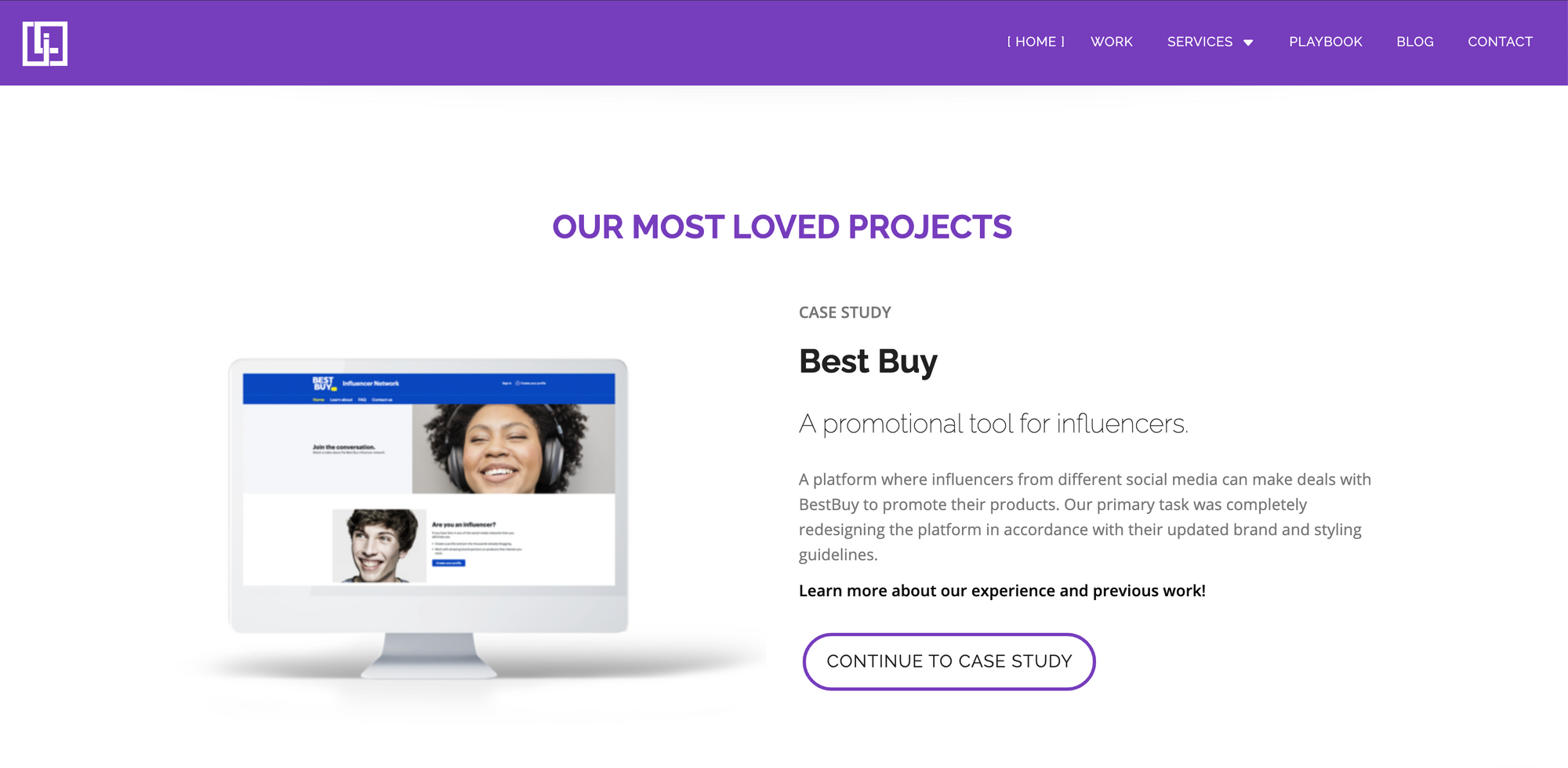
Trust Icons: Logos, Certifications & Seals.
These icons generate trust in clients by showing them collaborations with firms they are familiar with.
One way is displaying logos of companies you have connections with: partners, clients, mediums that have mentioned you, associations you're in, etc.

Another technique is showcasing certifications and partnerships. Even though nowadays credentials aren't as relevant as before, they can still prove expertise and ease clients' worries.
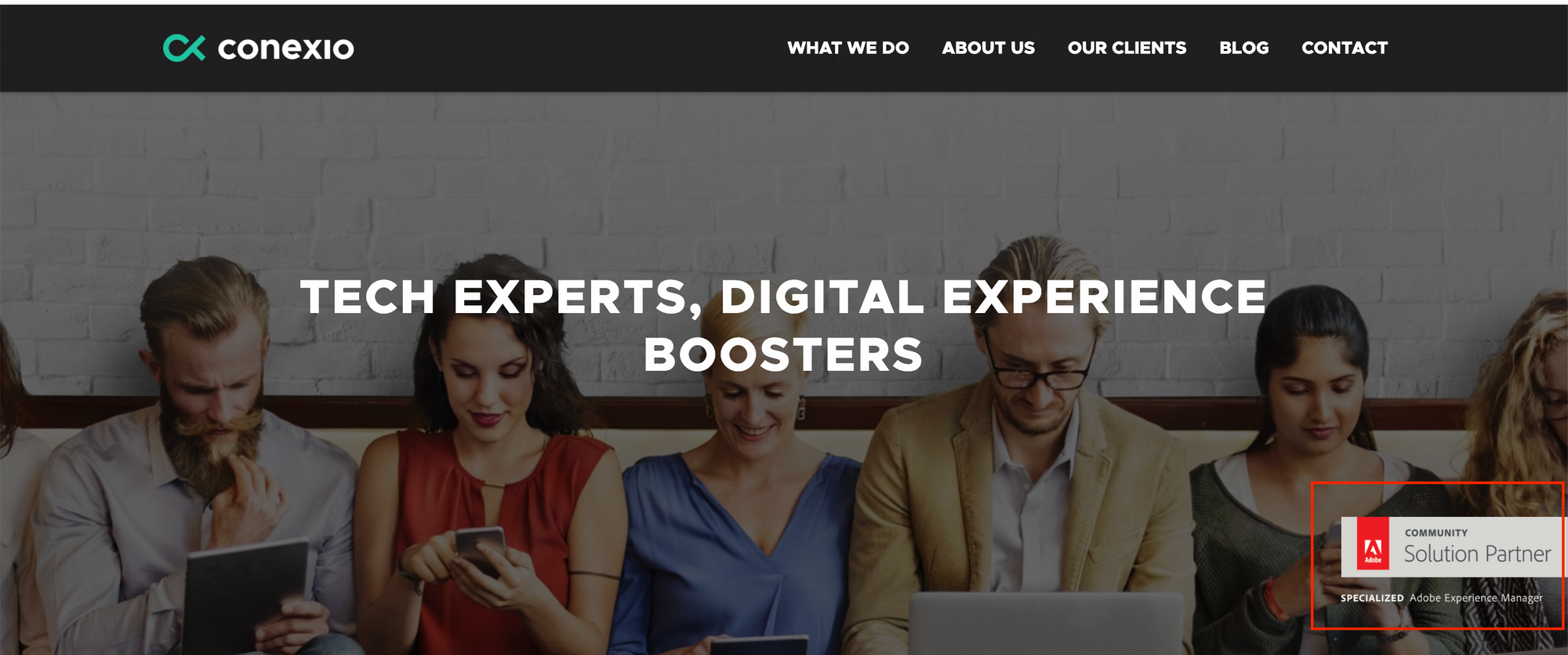
Last but not least, trust seals. They can be privacy seals, brand association badges, or secure sockets layers ( SSLs). They assure safety and protection for the customer. It's key to include them on platforms where clients make payments or need confidentiality.
ConversionXL, researched about the most relevant trust seals. These were the results:
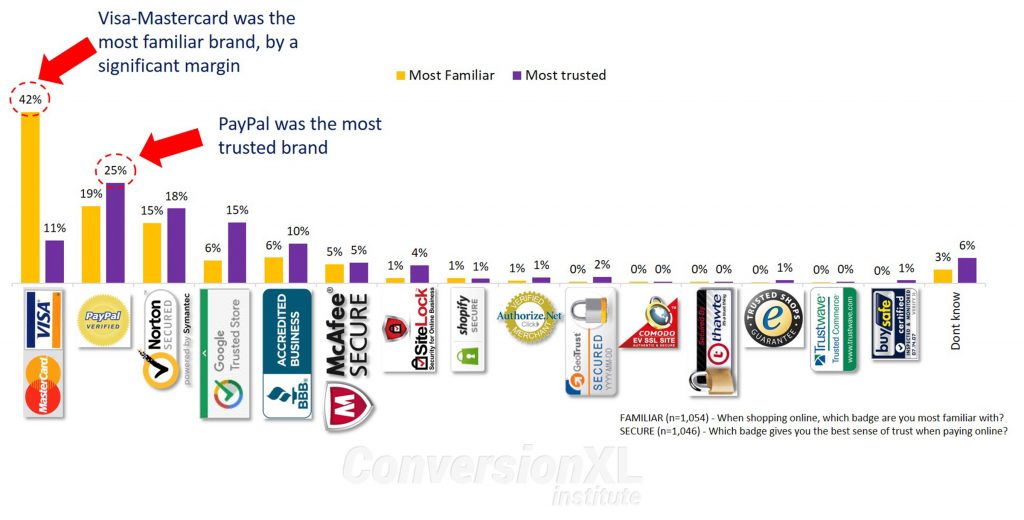
Social Media
Broadcast positive comments and posts from your customers', social media. What's more convincing than real people using their own network to appreciate your product? Tip: This is particularly apt for B2C products and services, though it might work for B2B too. Always keep an eye on Instagram, Twitter, Facebook and LinkedIn.
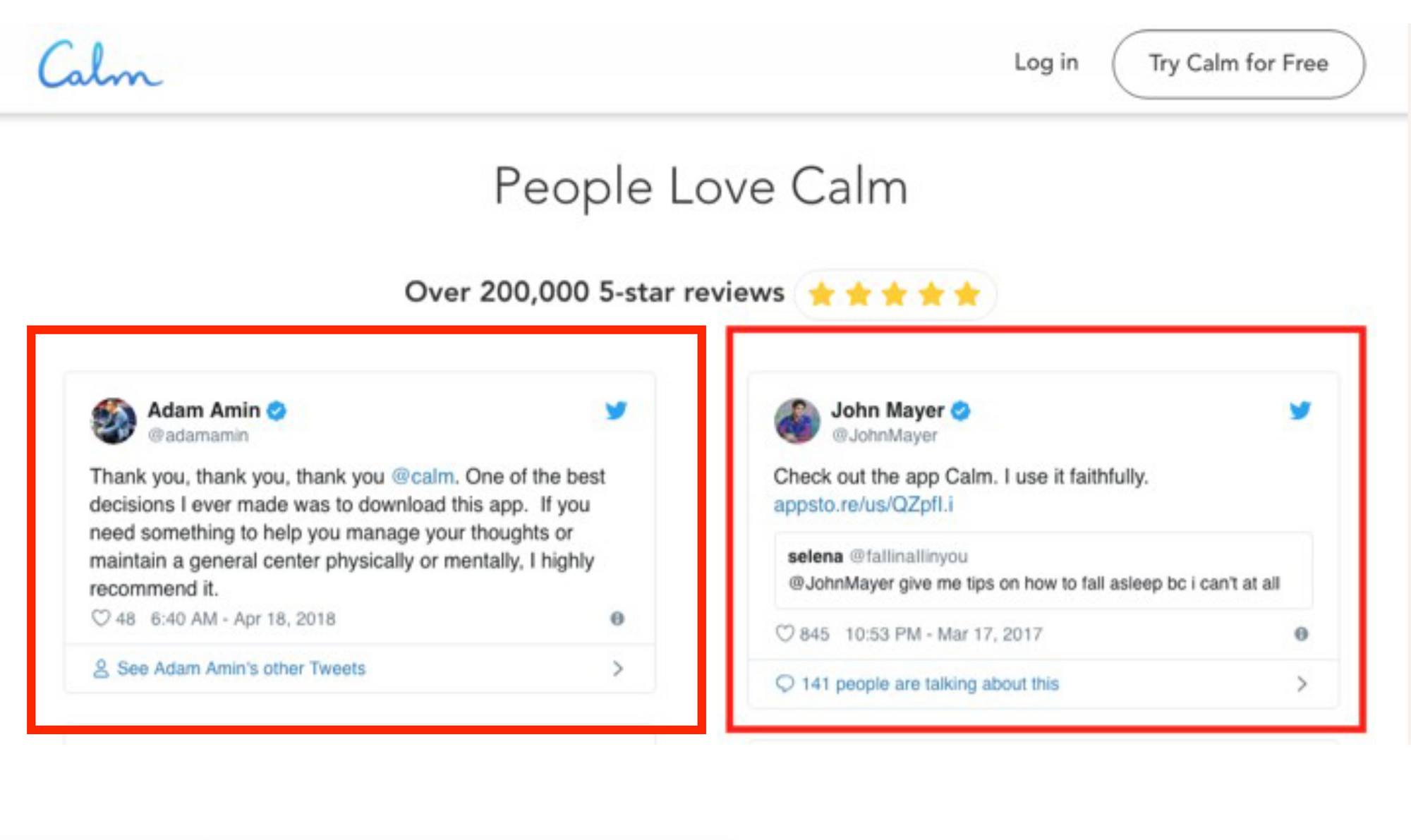
When To Use Social Proof
Simple answer: always (especially if your brand/product isn't still well-known). Try choosing the tactics that work best for your brand and your clients.
Placement
Make them appear strategically at the right part of the argument; use a content-first approach, this is establishing first a logical order of the content instead of filling up text slots created by the designer. Some interesting spots are:
- Near the call to action, to support and encourage conversions.
- On any point of friction, to ease resistance.
- Next to the pricing, show how your product/service is beneficial.
- Supporting storytelling.
- Near descriptions that appear to be fake or "too good to be true."
Gather, test, optimize, repeat.
There's always space for improvement. Try different types of social proof, diverse content, and placement. Make A/B testing, and figure out which one works better. Then improve it even more. Try to understand why a certain tactic or content works better to improve the whole brand's communication. You must always be alert to new social proof, even when you got all covered and working: ask new clients to make statements, always keep an eye on what's happening on social media and review sites.
This boosts conversions, but... is it helpful for UX, too?
This is a controversial subject. In my personal opinion, social proof does help UX because it eases the customer's mind and helps them make a confident decision.
Just one more thing... don't overdo it!
Social proof can generate the opposite effect if it is/looks fake, forced or "too much". If you're selling shampoo and promise that using it makes your hair grow twice as fast, it doesn't matter if the best hairstylist or a normal house-wive says it, it will look fake. Don't make promises you can't fulfill... marketing strategies never work in the long-term (not to mention the fact it's not ethical at all).
And even if your product/service is great and you have very good social proof... it doesn't have to be the core of your communication strategy, there are other items that are key for conversions, that social proof can't cover.
Enjoyed this article? Subscribe to our newsletter to receive the next chapter! Don't forget to read chapter 1, about Scarcity.



